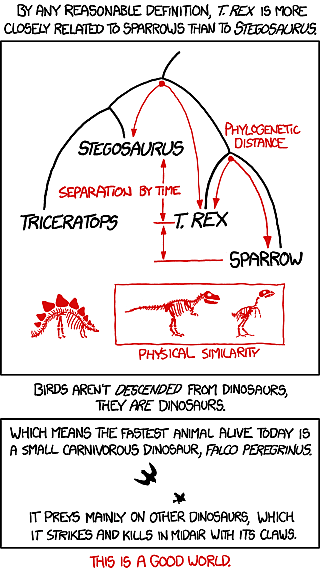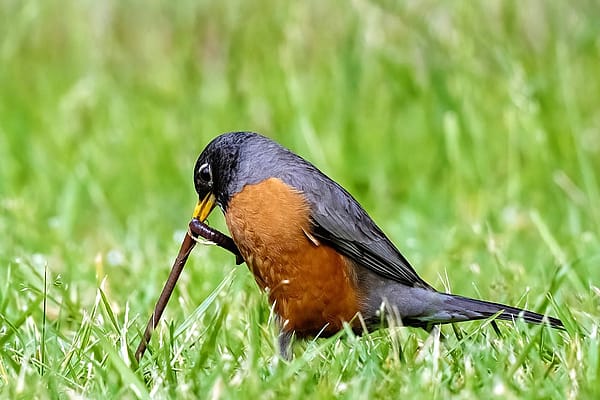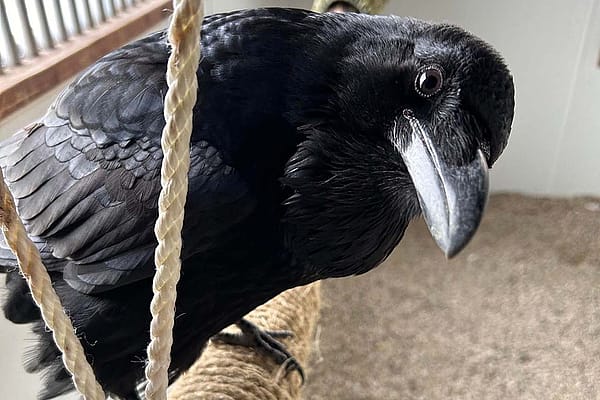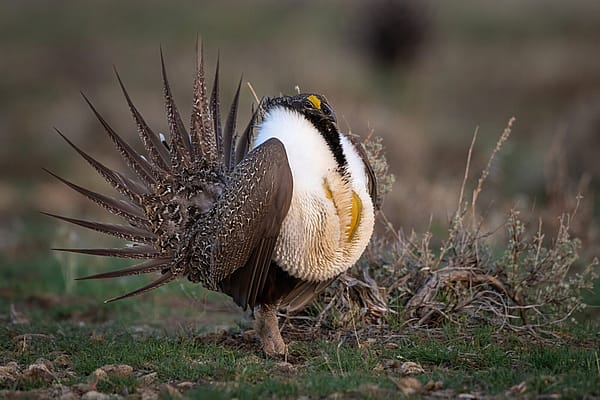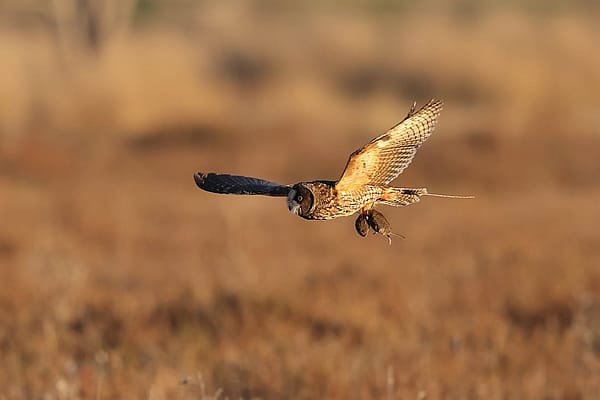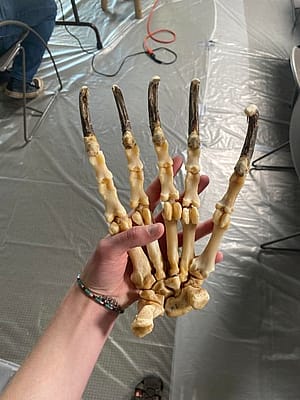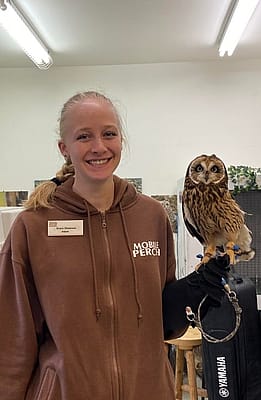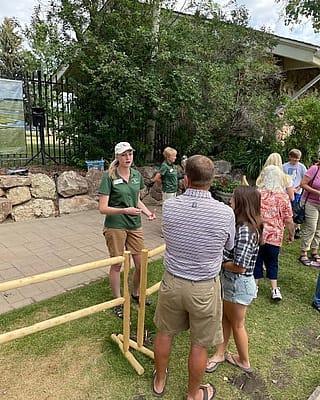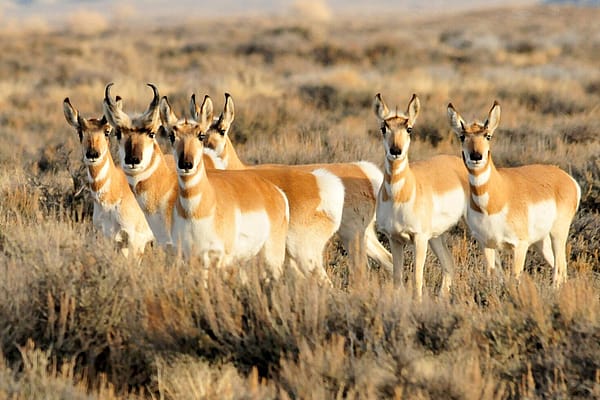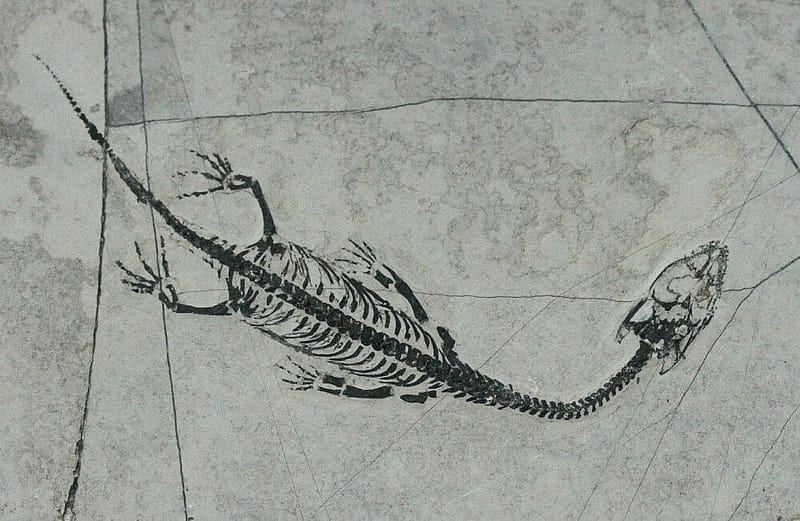
Are birds dinosaurs? Part 1!
Does this look Anything like a bird?!
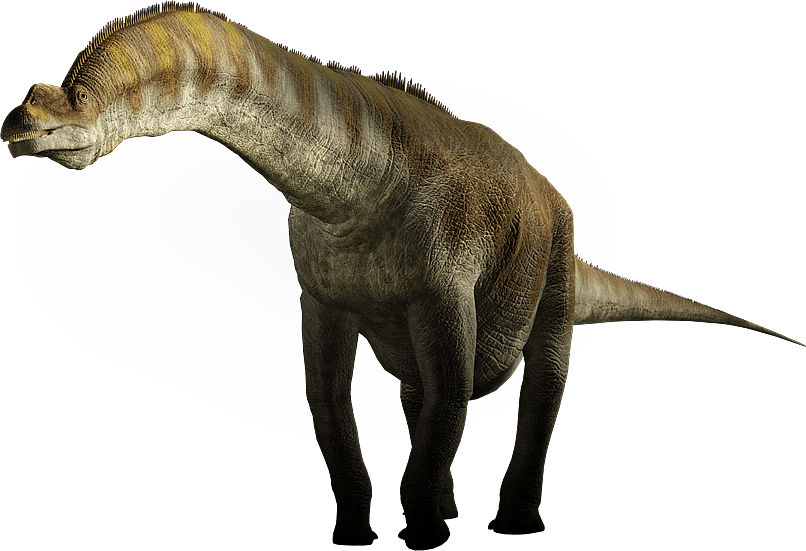
How about this: …not really.

Hmm… maybe we are getting a bit closer here:
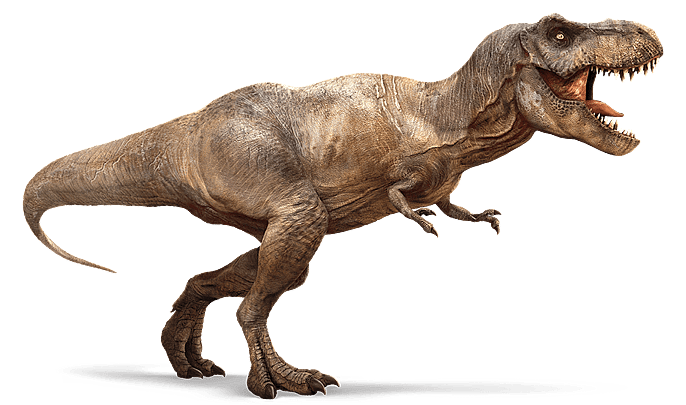
A-ha, I think I finally see the connection:
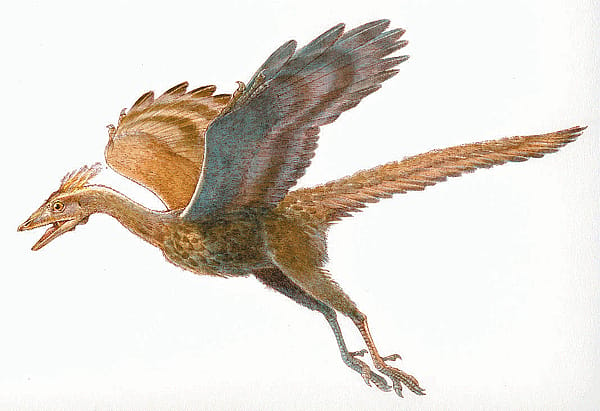
If you couldn’t already tell, this next set of 3 blogs will be about… DINOSAURS! I am a total nerd when it comes to dinosaurs, and have always been fascinated by them, which happens to coincide nicely with my love of and passion for birds. Most people know by now that birds are related to dinosaurs… but how do we know that? Which are they most closely related to? How in the world did we draw these conclusions? These next few posts will give you tons of awesome information on the history of what we know about dinosaurs, who is related to who (or not), and the new information found every day. Buckle up, it’s going to be a fun ride!
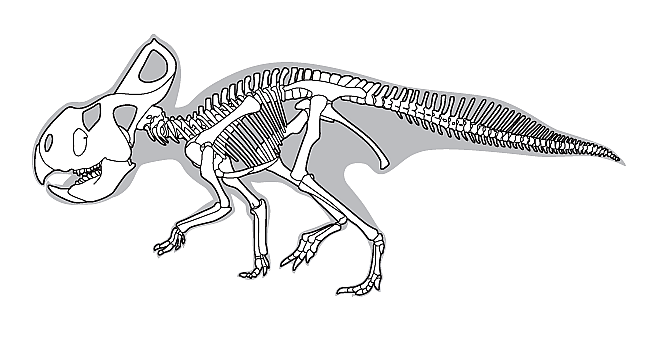
Dinosaurs, even before they had that name, have long engrossed our attention. Many mythological creatures seem to have a basis on the fossils they left behind. Across the world, it seems that many legends may have been inspired by the dinosaurs! The Greek myth of the Griffin, an awesome creature that was a mix of eagle and lion, may have been based on Protoceratops skeletons, with their beaked skulls and neck frills and clawed feet!
It is also thought that some of the legends of Chinese dragons may have been inspired by the many incredible fossils found throughout the country.

Western scientists began to study those huge fossils (bones and other organic material turned into rock through time) in Great Britain in the early 1800’s, and named the first giant fossil in 1824: the Megalosaurus (Giant Lizard). The term dinosaur was later coined by Richard Owen in 1842, and was derived from Greek terms meaning ‘terribly great’ (deinos) and ‘lizard’(sauros). From terrible lizards and dragons to amazing creatures, paleontology scientists all over the world have made tons of discoveries and increased our knowledge of them immensely – and we learn more every day, often revising what we thought we knew. It is a relatively new idea that birds are essentially dinosaurs: in the 1970’s and -80’s, scientists took closer looks at new fossils being found and re-examined old ones, noticing details that were distinctly avian… but more on that later!
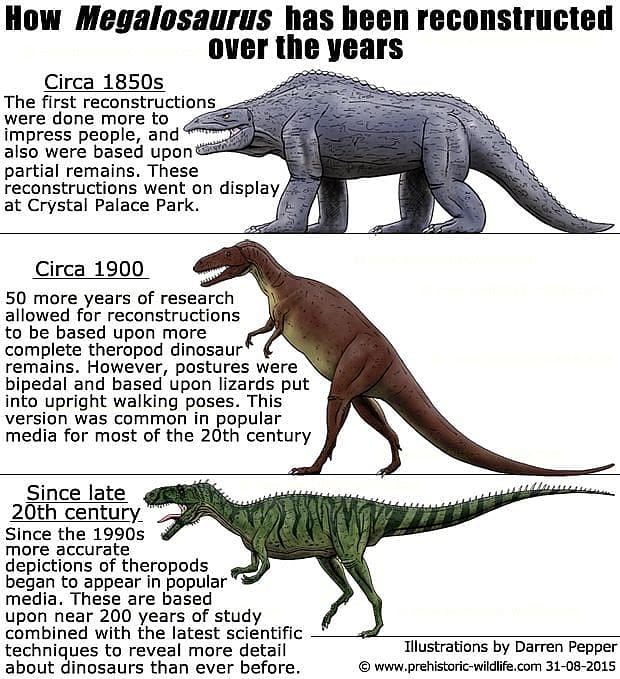
Here’s the basics of the dinosaur timeline: they evolved from Archosaurs, a group of diapsids [animals with two openings on each side of the skull] from which all reptiles except turtles have evolved, and were around during what is called the Mesozoic era, between 230-65 million years ago. That era is split into three periods: The Triassic, Jurassic, and Cretaceous. Each of these periods is defined by extinction events, which killed off many species and made way for new ones. The continents were in different shapes and locations (starting out as one giant continent, Pangea), the habitats and climates they lived in were many and varied, and the plant and animal life around were unusual, to say the least.
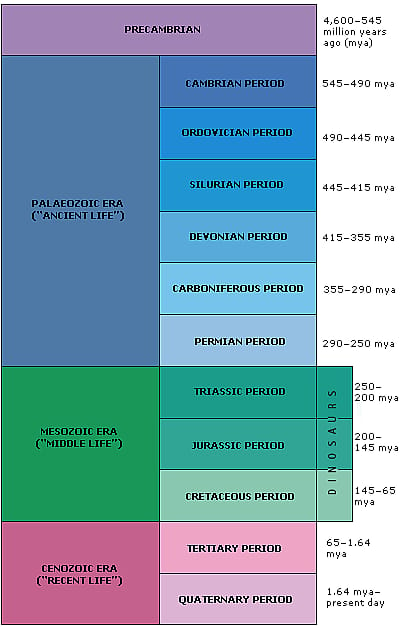
As for dinosaurs themselves, we classify them into 2 major groups: Saurischian and Ornithischian. From there, they are classified into the 7 major groups: Theropods (T. rex and relatives), Sauropodomorphs (long necked dinosaurs), Ornithopods (Duck-billed dinosaurs), Stegosaurs (Stegosaurus), Ankylosaurs (Armored clubbed tails), Pachycephalosaurs (dome headed), and Ceratopsians (Triceratops).
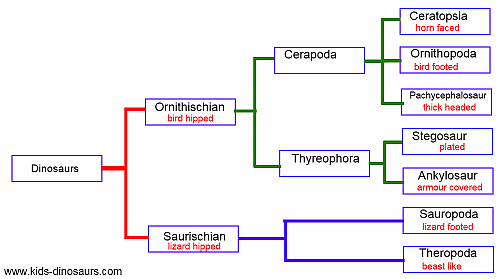
The last major extinction event that ended the non-avian dinosaur lines at the end of the Cretaceous was a big one, and as far as we can tell, was likely a combination of several factors. It is mostly agreed that this was a time of major volcanic activity (contributing to global cooling), as well as continental movement (earthquakes), and when you throw in a huge asteroid impact, it is no wonder that there was such a large loss of plant and animal life. It is theorized that over 60 percent of the species present went extinct!
So how did some animals (including birds and their ancestors) survive this? Many of them didn’t, but those that did were able to fill niches left behind by the dinosaurs and other animals, and through time, adapt to the changing global atmosphere. Reptiles like crocodiles gained the ability to subsist on occasional meals, while mammals diversified to fill in the spaces left by the dinosaurs, and birds were able to fly large distances in search of food.
But back to the main question: how are birds related to dinosaurs, and which dinosaurs? Well, you’ll have to tune in next time to read about the awesome discoveries that gave us the clues!
In the meantime, enjoy this awesome comic:
Written By
Melissa Hill
While earning her Bachelor's Degree in Wildlife Management at the University of Wyoming, Melissa began volunteering at Laramie Raptor Refuge and was instantly hooked on birds of prey. Since those early days, she has worked with nearly 70 different raptors at four different raptor education groups in three states. She is a former member of the Education Committee for the International Association of Avian Trainers and Educators (IAATE) and a National Association for Interpretation's Certified Interpretive Guide. When she's not "playing with the birds" she enjoys spending time quilting, crocheting, and exploring the Greater Yellowstone Ecosystem with her non-bird family.
